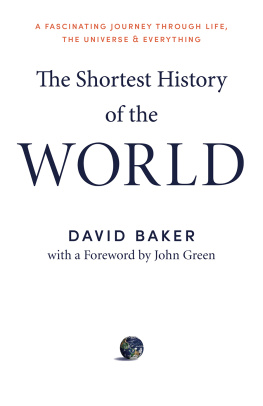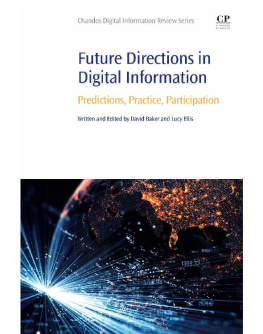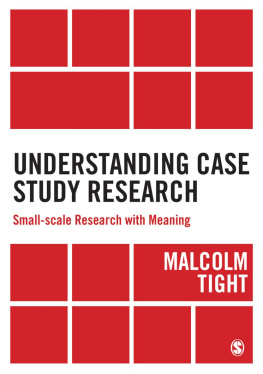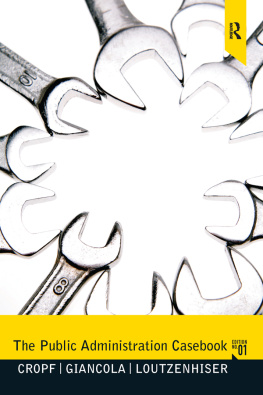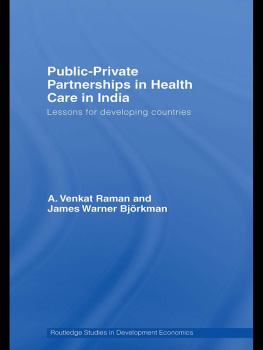Copyright
Chandos Publishing
TBAC Business Centre
Avenue 4
Station Lane
Witney
Oxford OX28 4BN
UK
Tel: + 44 (0) 1993 848726
www.chandospublishing.com
Chandos Publishing is an imprint of Woodhead Publishing Limited
Woodhead Publishing Limited
Abington Hall
Granta Park
Great Abington
Cambridge CB21 6AH
UK
www.woodheadpublishing.com
First published in 2011
ISBNs:
978 1 84334 495 7978 0 85709 157 4
(Chandos Publishing)(Woodhead Publishing)
D. Baker and B. Casey, 2011
British Library Cataloguing-in-Publication Data.
A catalogue record for this book is available from the British Library.
All rights reserved. No part of this publication may be reproduced, stored in or introduced into a retrieval system, or transmitted, in any form, or by any means (electronic, mechanical, photocopying, recording or otherwise) without the prior written permission of the Publishers. This publication may not be lent, resold, hired out or otherwise disposed of by way of trade in any form of binding or cover other than that in which it is published without the prior consent of the Publishers. Any person who does any unauthorised act in relation to this publication may be liable to criminal prosecution and civil claims for damages.
The Publishers make no representation, express or implied, with regard to the accuracy of the information contained in this publication and cannot accept any legal responsibility or liability for any errors or omissions.
The material contained in this publication constitutes general guidelines only and does not represent to be advice on any particular matter. No reader or purchaser should act on the basis of material contained in this publication without first taking professional advice appropriate to their particular circumstances. Any screenshots in this publication are the copyright of the website owner(s), unless indicated otherwise.
Typeset in the UK by Concerto.
Printed in the UK and USA.
Foreword
By the Rt Hon
Harriet Harman, QC MP
This publication makes an important and useful contribution to the ongoing debate about how we can increase the number of women at the top in our public and, indeed, private sector organisations.
Equality is not just a right in principle. It is necessary for individuals, who have a right to be treated fairly; for the economy, as a competitive economy draws on all the talents and abilities available to it; and for society, as a more equal society is more cohesive and at ease with itself.
Huge inequalities persist in our workplaces today, from the gender pay gap, which still stands at 16.4 per cent, to promotion prospects, despite the Equality Act, the Equal Pay Act, extended maternity leave and the right to request flexible working. Women remain severely under-represented in leadership positions across a number of high-profile sectors. Women make up less than 25 per cent of MPs in the UK, less than 20 per cent of partners in the top 100 UK law firms, and less than 15 per cent of editors of national newspapers. Despite many actions taken by the Labour Government while we were in office, inequality and discrimination still exist, which is why we introduced tough new measures in our Equality Bill including gender pay reporting and proposals to ban secrecy clauses.
Public bodies make important decisions that shape the quality of our lives and public services. We know that leadership teams that have a diverse mix of people and talent make the best decisions. A balanced team of men and women does not just change the face of organisations, it changes the debate.
In this study, David Baker and Bernadette Casey have provided us with the testimony of women who have broken through. What we learn from their experiences will no doubt be a useful input to future policy debate, and new ideas about how we can ensure that the growing pipeline of female talent in Britain makes it to the top.
Harriet Harman, QC MP, Deputy Leader of the Labour Party and Shadow Secretary of State for International Development
Preface
UK public sector organisations by and large do not yet have a good record when it comes to women in senior positions and in particular in the chief executive role. Typically, women earn less and go for any job rather than be unemployed, whereas men are more likely to spend periods unemployed while waiting for that more ambitious dream job. Inequality begins even before the effect of childbirth. This translates through to a much greater imbalance at the top end of many sectors. In most public sector institutions in the UK, the position of female employees is still relatively weak in comparison to that of men in terms of senior positions. While attempts are being made to change the situation, much remains to be done in order to bring the numbers of women in such roles to a more representative level, not least because of embedded cultural and attitudinal issues.
However, cultural heterogeneity can strengthen an organisation rather than weaken it. It is argued that a diverse workforce will provide a better, more successful model for an organisation as it needs to succeed in an increasingly diverse society and, it is also argued, be more flexible and able to cope with change by virtue of its diversity, with the broadest range of skills, experiences and attitudes available to the organisation as it faces future challenges. In recent years, there have been positive moves to embrace and increase diversity in terms of the gender and social and ethnic backgrounds of the workforce diversity as the right, normal, accepted, embedded situation in the workplace.
In preparing to write this book, we were surprised at the limited amount of published material on the subject that took a qualitative rather than a quantitative approach. We therefore decided to take an in-depth look at the position of women in senior positions. A modified case study approach has been adopted. Some 16 successful women were identified and interviewed in detail about their background, upbringing, career progression, successes and failures, challenges and experiences. While the majority of the participants in our study are from the public sector, a number are from the private sector and most had experience of different types of organisation. Each woman was asked to summarise their interview with a lessons learned response in the form of advice both to other women and the organisations in which they work. The participants are anonymous. The richness of the data from the research was almost overwhelming, and we have had to omit a significant amount of material from the published work. In doing this, we hope that we have covered all the major themes and issues that our 16 participants raised and discussed during the course of the interviews with them.
.
David Baker and Bernadette Casey, August, 2010
Acknowledgements
The authors are especially grateful to all who made this book possible: to Kathryn Kendon for her initial research for the book; to Glyn Jones for his support throughout the development of the proposal and the actual production of the book; to University College Plymouth St Mark & St John for their financial support; to Nicky Davies, for excellent and painstaking transcription of all the recorded interviews; to Wendy Evans, who proofed the book at various stages for us; to Raymond Taylor for compiling the index; and to Emma Wainman, our research assistant, for her significant help in undertaking the background work. Our thanks also go to Harriet Harman for writing the foreword to this book. Above all, we would like to thank the women who participated in this study. The book is dedicated to them.


